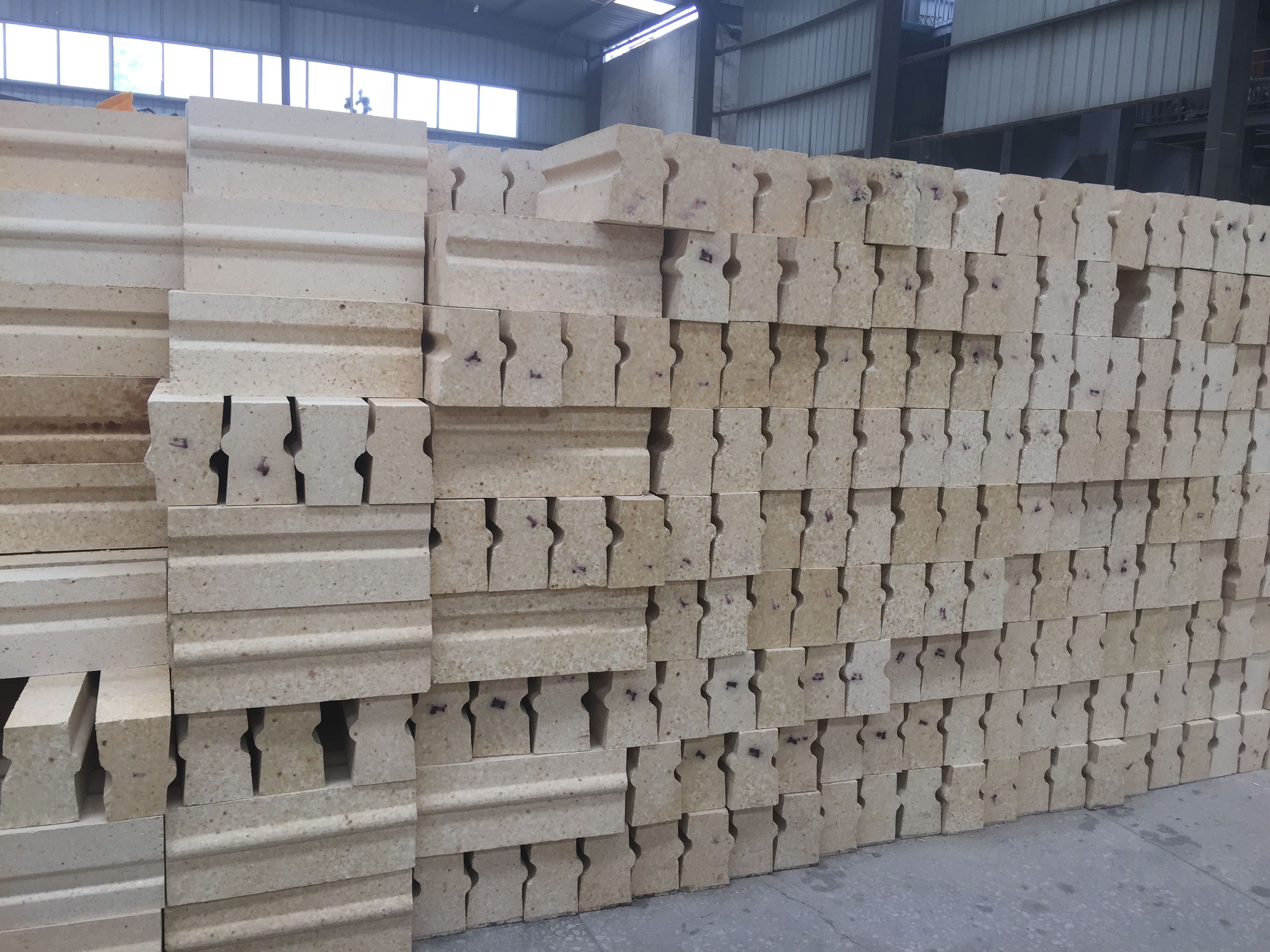Decoding Alumina Series Refractory Bricks: The Industrial Value Behind the Features
I. Key Features of Alumina Series Refractory Bricks
Alumina series refractory bricks possess several remarkable features that make them highly valuable in industrial applications. Firstly, their high alumina content endows them with excellent thermal stability. They can endure extremely high temperatures, often up to 1800 degrees Celsius or even more. This allows them to maintain their structural integrity and functionality in the most demanding heat-intensive environments, such as in steel making and glass production furnaces.
Secondly, these bricks exhibit outstanding chemical inertness. They have minimal reactivity with a wide range of molten metals and slags. For example, in a foundry where molten steel or iron is present, the bricks do not contaminate the metal, ensuring the purity and quality of the final metal products.
II. Industrial Applications and Value
In the steel industry, alumina series refractory bricks play a crucial role as they are extensively utilized to line the furnaces, providing a reliable and durable inner surface that can withstand the extreme heat and harsh chemical environment within. Their ability to withstand high temperatures and resist chemical attack helps in maintaining the integrity of the furnace, enabling continuous and efficient steel production. The long lifespan of these bricks reduces the frequency of furnace shutdowns for refractory replacement, thereby increasing productivity and reducing production costs.
In the glass manufacturing sector, they are crucial for the glass melting furnaces. Their chemical inertness prevents any unwanted reactions with the molten glass, ensuring the clarity and quality of the glass produced. Moreover, their good thermal conductivity helps in evenly distributing the heat, optimizing the melting process and saving energy.

In the cement industry, alumina refractory bricks are deployed to line the kilns, constituting a resilient and chemically inert inner sheath that can endure the intense therm o-chemical conditions, abrasive forces from clinker materials, and the cyclic thermal shocks during the cement clinker production process. The high mechanical strength of these bricks allows them to withstand the heavy loads and abrasion caused by the movement of raw materials and clinker. This results in less wear and tear, reducing maintenance efforts and costs.
In conclusion, alumina series refractory bricks are not just simple building materials for high-temperature applications. Their unique features translate into significant industrial value, enhancing productivity, ensuring product quality, and reducing operational costs in various industries. Continuous research and innovation in the production of these bricks will further unlock their potential and contribute to the advancement of industrial processes that rely on high-temperature operations.
Inquiry Now
Please leave your e-mail and we will contact you as soon as possible
contact us
Your satisfaction is our top priority. Whether you have questions, need support, or want to share feedback, our dedicated team is ready to assist you every step of the way.